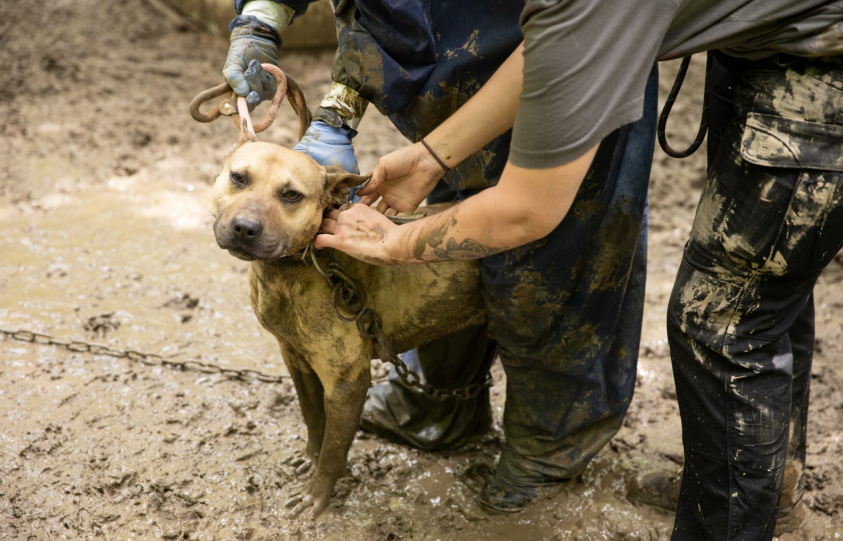
Bringing a new dog into your life is an exciting and rewarding experience, but it also comes with significant responsibilities. As a first-time dog owner, you may feel overwhelmed by the challenges ahead. However, with proper preparation and knowledge, you can ensure a smooth transition for both you and your new furry friend. Here are ten essential tips to help you navigate the journey of first-time dog ownership.
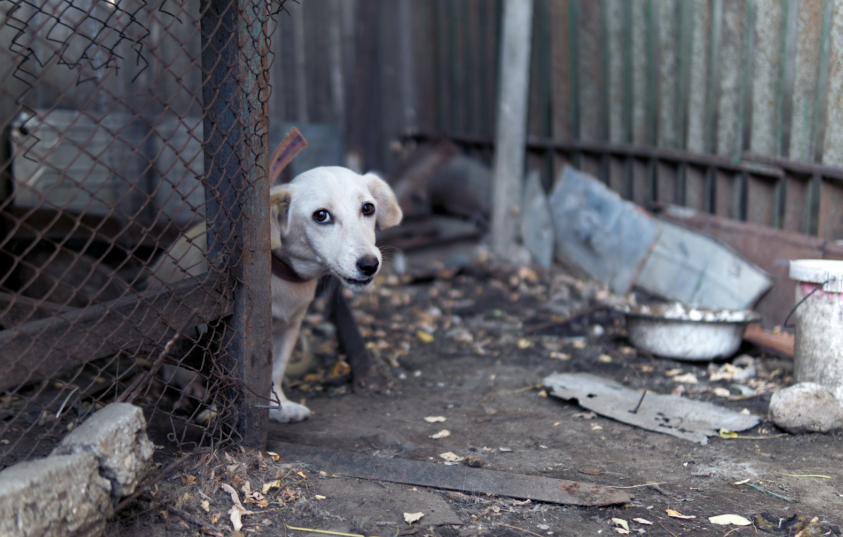
Before bringing your new canine companion home, it's crucial to create a safe and welcoming environment. This process, often referred to as "puppy-proofing," involves several important steps:
Set up a specific area for your dog that will serve as their safe haven. This space should include:
Consider using baby gates or pet gates to restrict access to certain areas of your home, especially if you have stairs or rooms that aren't dog-friendly.
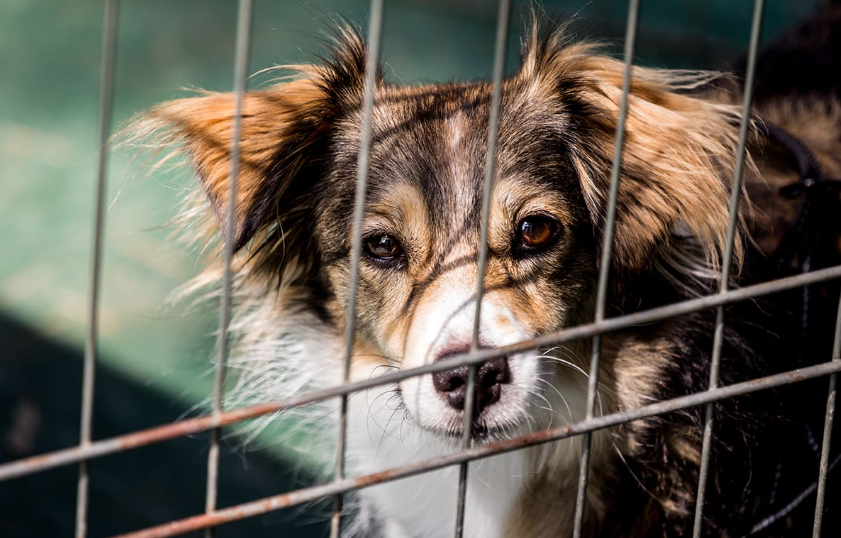
Before your dog arrives, make sure you have all the necessary supplies on hand. This will help ensure a smooth transition and prevent last-minute scrambling. Here's a list of essential items:
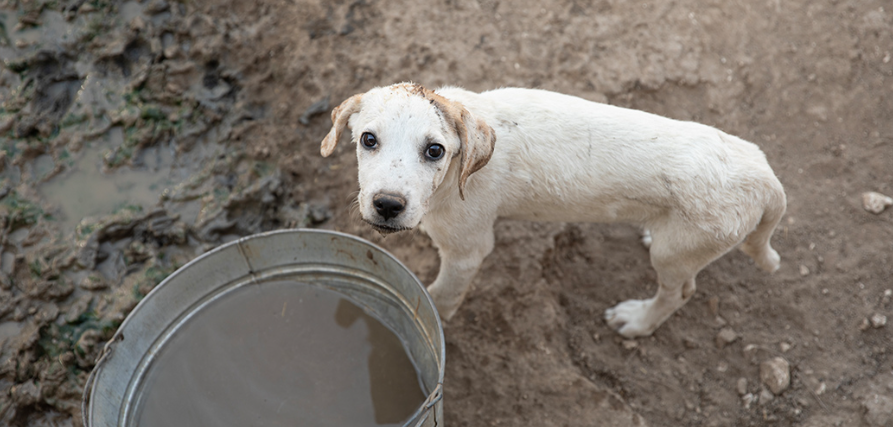
Dogs thrive on consistency and structure. Establishing a daily routine from the moment your new dog comes home will help them feel secure and understand what's expected of them. Here are key elements to include in your dog's daily schedule:
Set regular meal times and stick to them. Most adult dogs do well with two meals a day, while puppies may require three or four smaller meals.
Take your dog out for bathroom breaks at consistent times throughout the day. For puppies, this may need to be as frequent as every 1-2 hours initially.
Dedicate time each day for walks, playtime, and training sessions. The amount and type of exercise will depend on your dog's age, breed, and energy level.
Ensure your dog has quiet time for naps and relaxation, especially if you have a puppy or a high-energy breed.
Establish a consistent bedtime routine to help your dog wind down for the night.
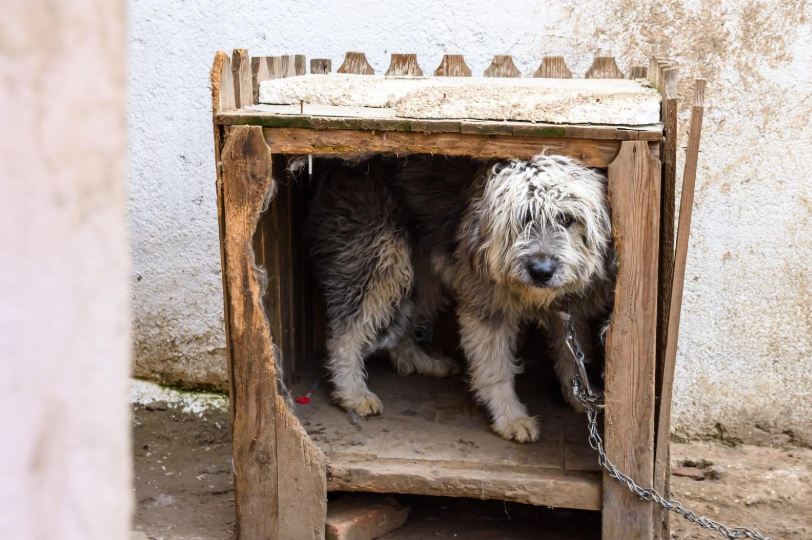
Training should begin as soon as you bring your new dog home. Early training helps establish good habits, prevents problem behaviors, and strengthens the bond between you and your pet. Here are some key aspects of training to focus on:
Start with essential commands such as "sit," "stay," "come," and "down." These form the foundation for more advanced training and help keep your dog safe in various situations.
If you have a puppy or a dog that isn't fully house-trained, make this a priority. Establish a consistent routine for potty breaks and use positive reinforcement to encourage appropriate elimination habits.
Teach your dog to walk calmly on a leash without pulling. This skill is crucial for enjoyable walks and outings.
Expose your dog to various people, animals, and environments in a positive way. This is especially important for puppies during their critical socialization period (between 3 and 16 weeks of age).
If you plan to use a crate, introduce it gradually and make it a positive experience for your dog.
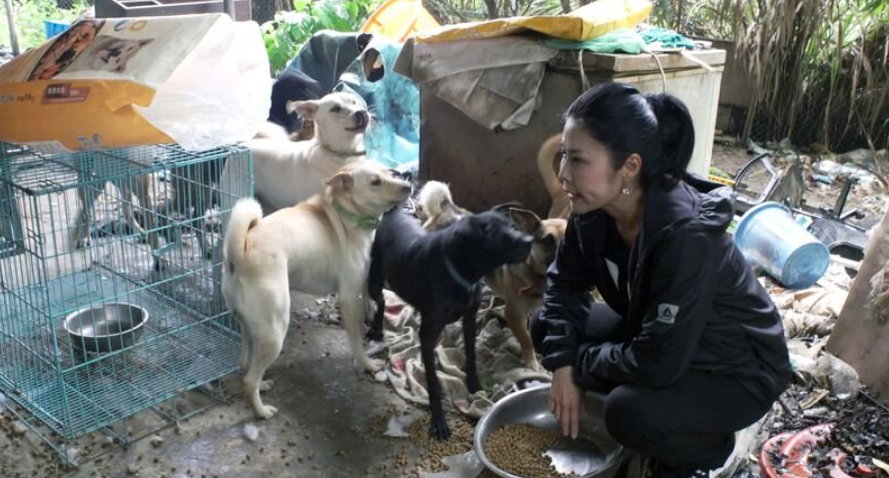
Selecting a good veterinarian is crucial for your dog's health and well-being. Here are some steps to help you find the right vet:
Look for veterinary clinics in your area and read reviews from other pet owners.
If your dog is a specific breed or has particular health concerns, you might want to find a vet with relevant expertise.
Schedule a visit to potential clinics to meet the staff and assess the facility's cleanliness and overall atmosphere.
Don't hesitate to ask about the vet's experience, emergency services, and approach to pet care.
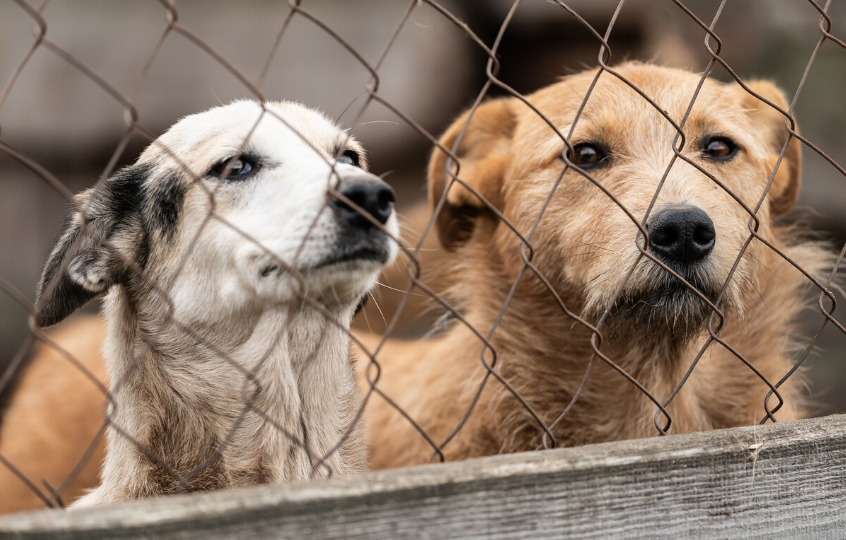
Feeding your dog a balanced, nutritious diet is crucial for their overall health and well-being. Here are some guidelines for proper nutrition:
Select a dog food that's appropriate for your dog's age, size, and activity level. Look for foods that list a high-quality protein source as the first ingredient.
Follow the feeding guidelines on the food packaging, but be prepared to adjust based on your dog's individual needs. Your veterinarian can help you determine the right amount to feed.
Most adult dogs do well with two meals a day, while puppies may need three or four smaller meals. Stick to a consistent feeding schedule.
Human food can upset your dog's digestive system and lead to obesity. Stick to dog-specific treats, and use them sparingly.
Always ensure your dog has access to clean, fresh water.
Regularly check your dog's body condition and adjust their diet if they're gaining or losing too much weight.
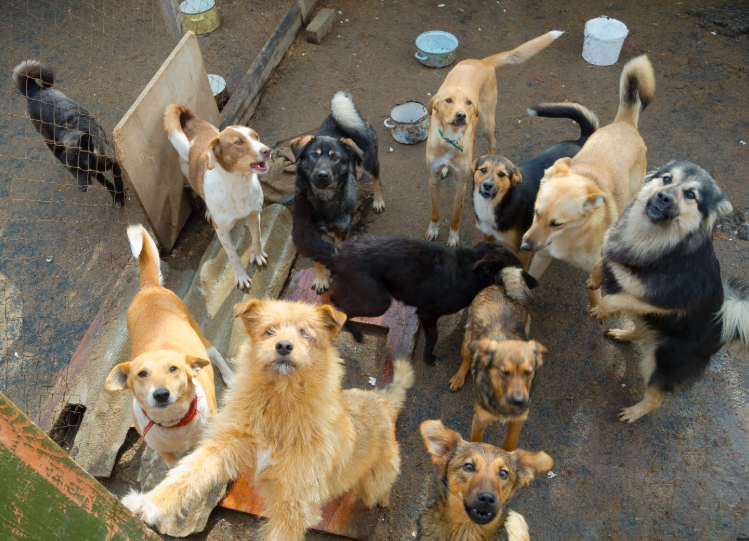
Regular exercise and mental stimulation are essential for your dog's physical and mental health. The amount and type of exercise your dog needs will depend on their age, breed, and overall health. Here are some ways to keep your dog active and engaged:
Most dogs benefit from at least one or two walks per day. These provide physical exercise and mental stimulation through new sights and smells.
Engage in interactive play sessions with your dog using toys like balls, frisbees, or tug ropes.
Regular training not only reinforces good behavior but also provides mental stimulation.
Use interactive toys or puzzle feeders to challenge your dog's mind and prevent boredom.
Arrange playdates with other dogs or visit dog parks (once your dog is fully vaccinated) for social interaction.
Consider enrolling in structured activities that provide both physical exercise and mental challenges.
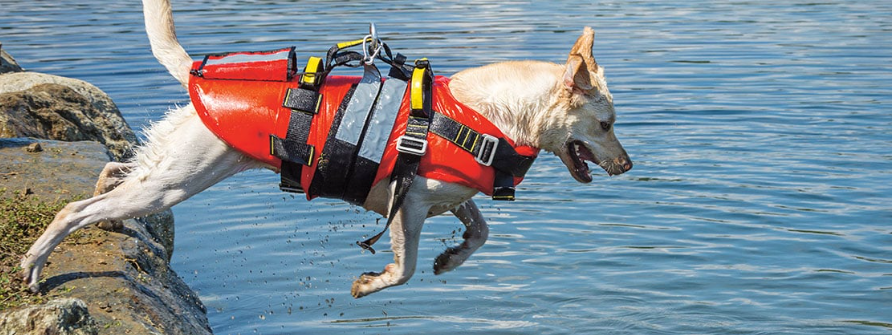
Regular grooming is not just about keeping your dog looking good; it's also important for their health and comfort. Grooming needs vary depending on your dog's coat type and length, but here are some general guidelines:
Brush your dog's coat regularly to remove loose hair, prevent matting, and distribute natural oils. Short-haired dogs may need brushing once a week, while long-haired breeds might require daily brushing.
Most dogs only need bathing every few months unless they get particularly dirty. Use a dog-specific shampoo to avoid skin irritation.
Keep your dog's nails trimmed to prevent discomfort and potential injuries. If you're not comfortable doing this yourself, ask your vet or a professional groomer to show you how.
Brush your dog's teeth regularly (ideally daily) with a dog-specific toothpaste to prevent dental disease.
Check and clean your dog's ears regularly, especially if they're prone to ear infections.
Consider professional grooming services for more complex needs, such as haircuts for long-haired breeds.
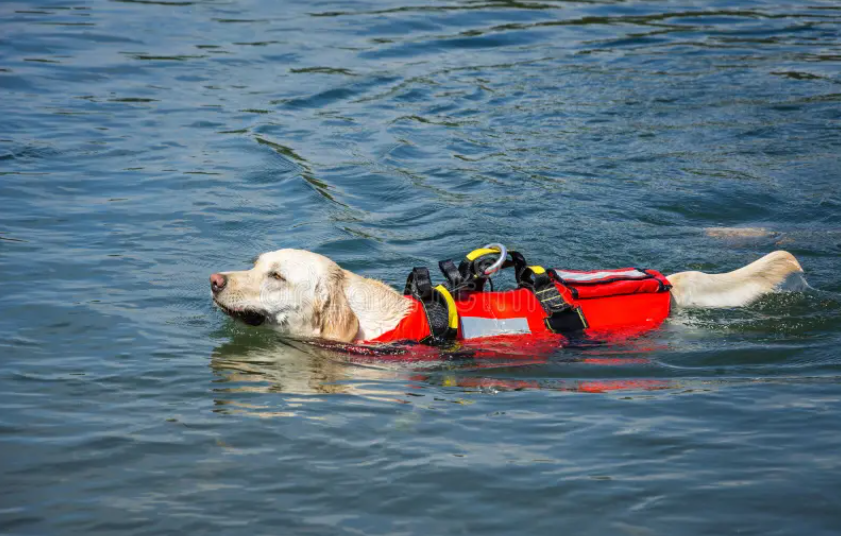
Proper socialization is crucial for raising a well-adjusted, confident dog. This process involves exposing your dog to a variety of people, animals, environments, and experiences in a positive way. Here's how to approach socialization:
The critical socialization period for puppies is between 3 and 16 weeks of age. However, older dogs can also benefit from ongoing socialization.
Introduce new experiences gradually and in a controlled manner. Always ensure your dog feels safe and comfortable.
Use treats and praise to create positive associations with new experiences.
Expose your dog to different:
Consider enrolling in a puppy socialization class for structured, supervised interactions with other dogs.
Continue socializing your dog throughout their life to maintain their social skills and confidence.
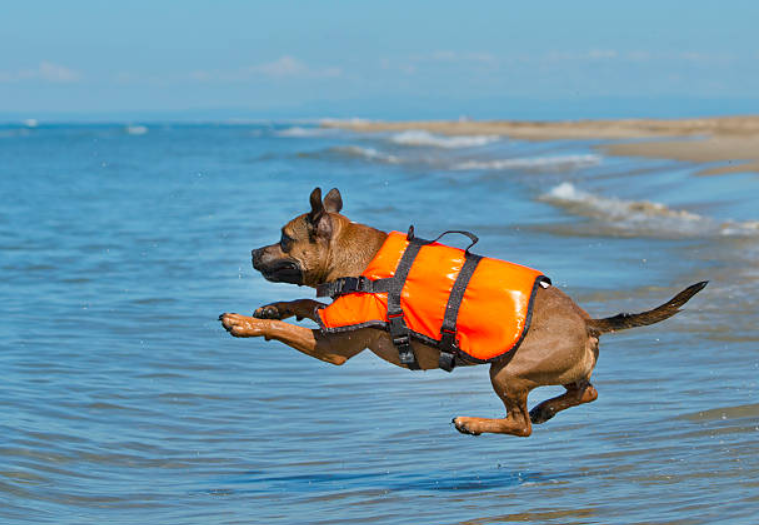
Bringing a new dog into your life is a significant adjustment for both you and your pet. It's important to approach this transition with patience and consistency. Here are some key points to remember:
It can take several weeks or even months for a dog to fully adjust to their new home. Be patient during this time and provide plenty of reassurance.
Establish clear rules and boundaries from the start, and ensure all family members enforce them consistently.
Use positive reinforcement techniques to encourage good behavior. This includes treats, praise, and affection.
Punishing your dog can lead to fear and anxiety. Instead, focus on redirecting unwanted behavior and rewarding good behavior.
Stick to a consistent daily routine for feeding, walks, and playtime. This helps your dog feel secure and understand what's expected of them.
Continue training throughout your dog's life. This reinforces good behavior and provides mental stimulation.
Don't hesitate to seek professional help from a veterinarian or certified dog trainer if you encounter challenges you're not sure how to handle.
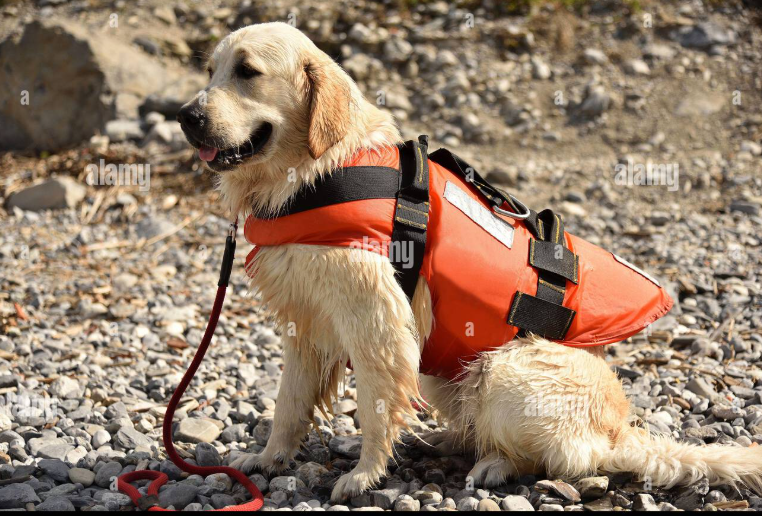
In conclusion, becoming a first-time dog owner is a journey filled with joy, challenges, and countless learning opportunities. By following these ten essential tips, you'll be well-prepared to provide a loving, stable home for your new furry friend. Remember, the key to successful dog ownership lies in patience, consistency, and a willingness to learn and adapt. With time and effort, you'll develop a deep, rewarding relationship with your dog that will bring happiness and companionship for years to come.
Citations: